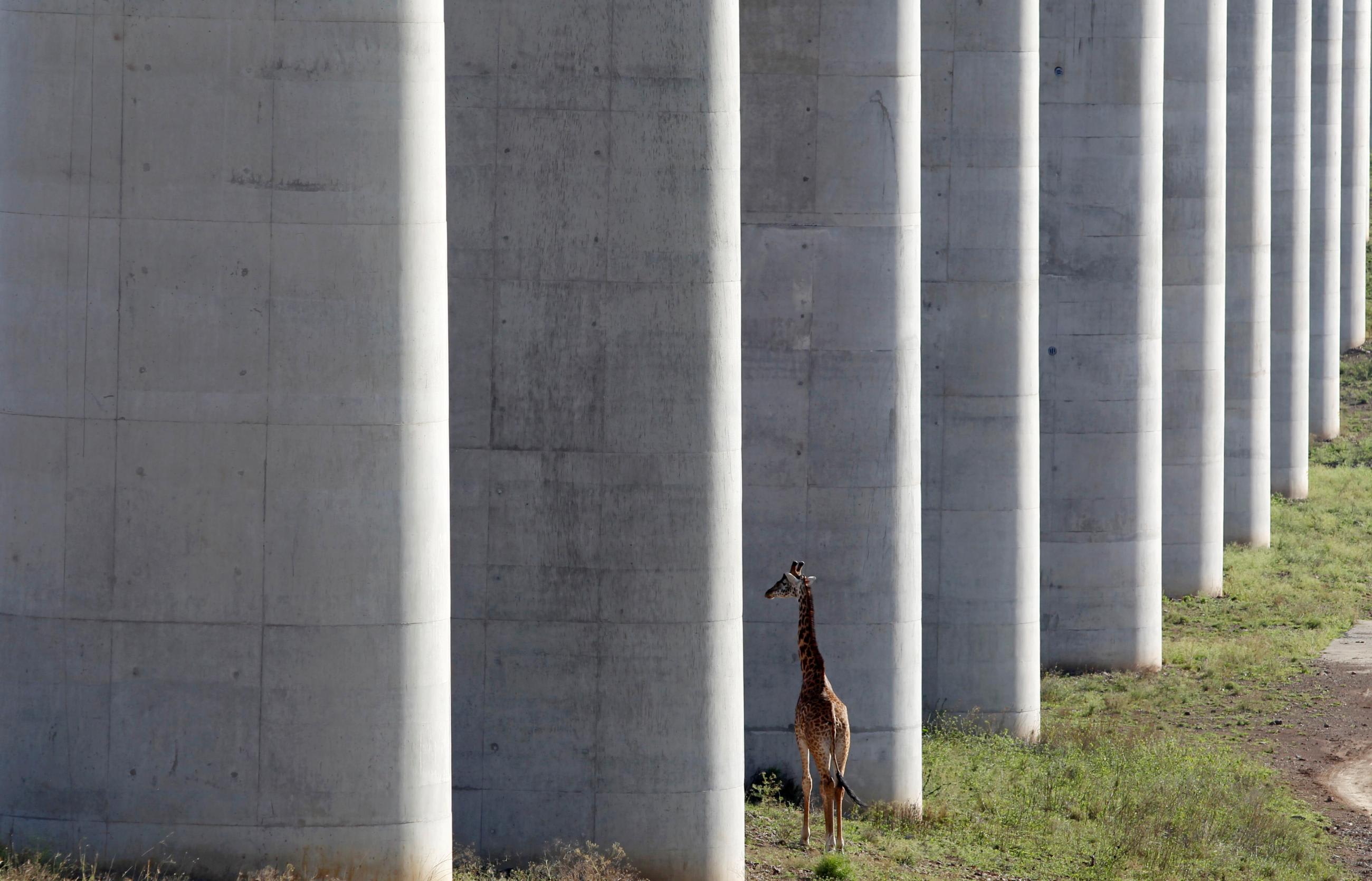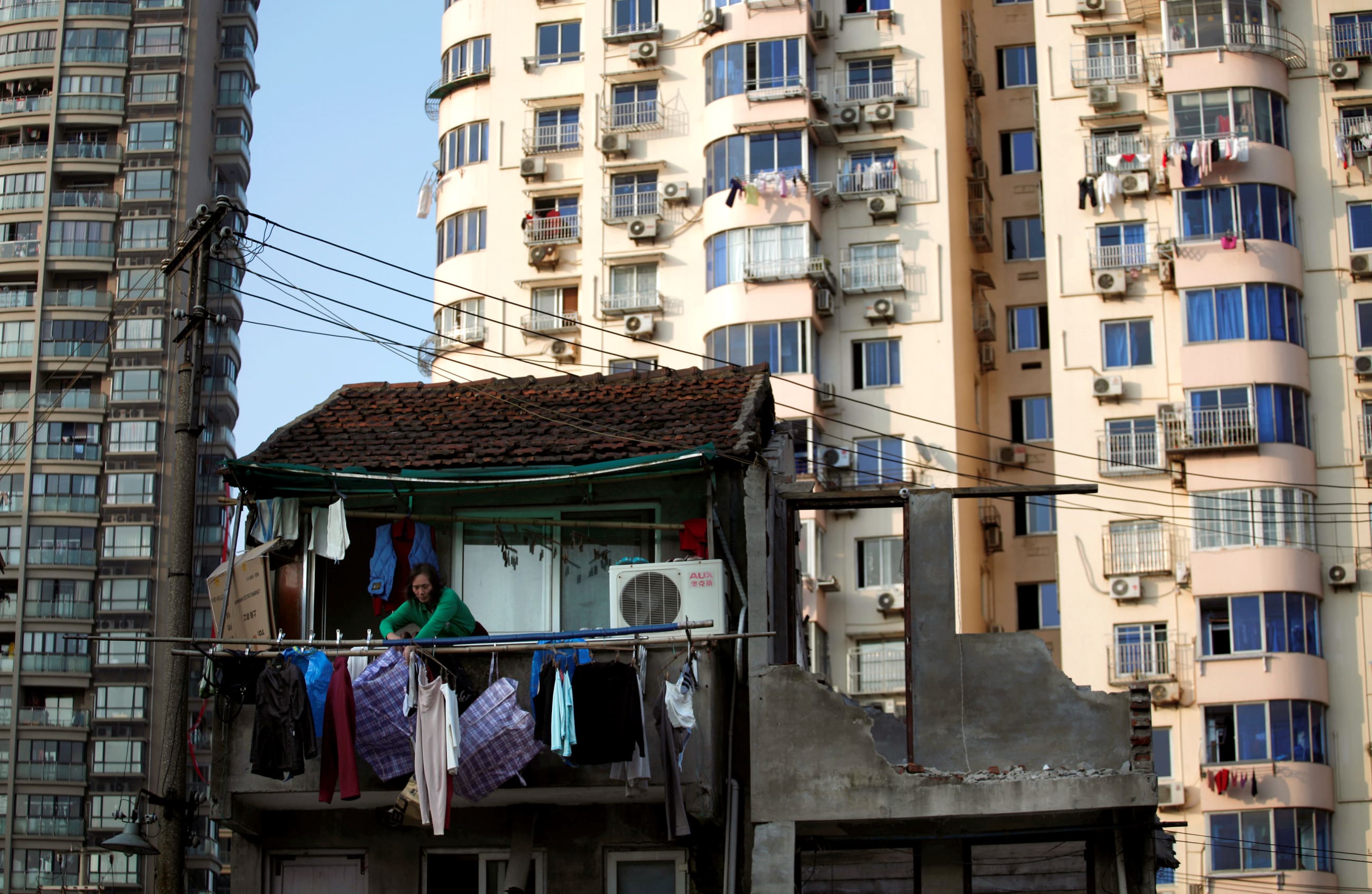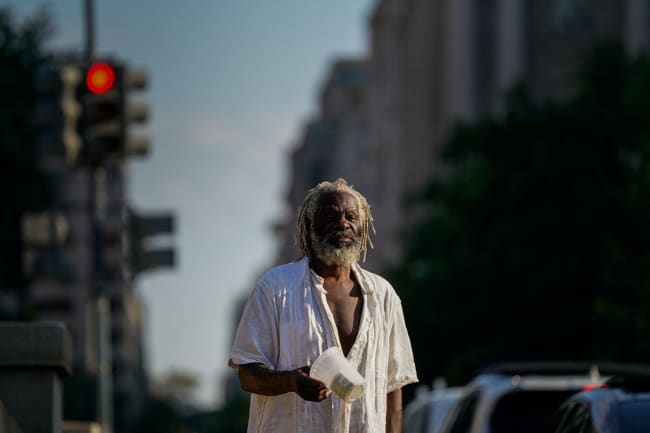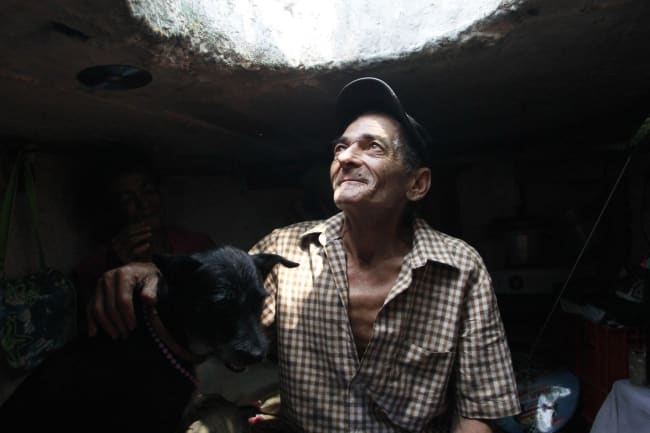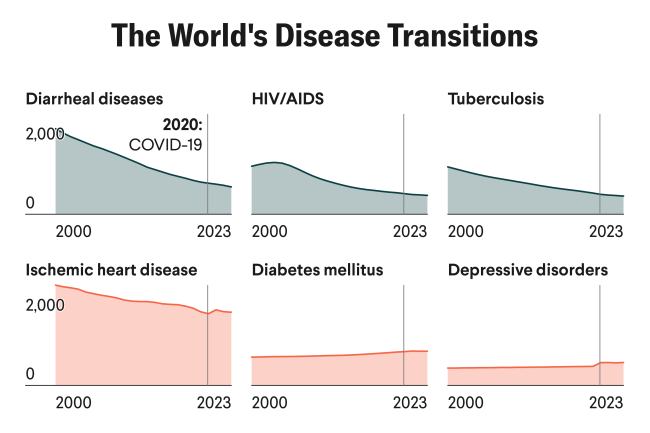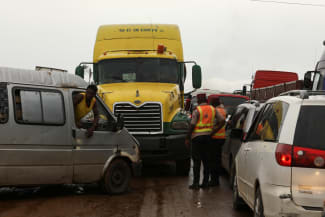Cities have never been confined to, or accurately defined by, their physical boundaries — and the extensive character of urban processes has tremendous implications for global health.
Extended urbanization is development occurring at the peripheries of metropolitan cores, whether suburban or post-suburban zones or hinterland areas, and the networks and flows of resources that often traverse them and make urban life possible. These are spaces where people work, such as warehouses, factories, slaughterhouses, and oil fields; places to which people only occasionally travel, such as airports and garbage dumps; and spaces where people live, whether suburban residences or informal settlements. Seen this way, urbanization is rightly analyzed as a global or planetary phenomenon.
Contagions spread quickly through the networks of trade, tourism, and technologies — and through the political ecologies of extended urbanization. Because the risks and mode of transmission of emerging and rapidly evolving pathogens are neither well understood by science nor properly regulated by government, processes of extended urbanization can increase vulnerability to infectious diseases. Interactions people have with one another and with the ecology around them, as well as sociopolitical dimensions of cities such as their form of governance, sociodemography, and infrastructure, all have roles.
People are getting exposed because they are too connected — and then they are getting sick because they are not connected enough.
The reach of the urban footprint, the acceleration of connectivity, and the particular conditions of urban life together create the conditions for disease to proliferate. People are getting exposed because they are too connected — and then they are getting sick because they are not connected enough.
Cities have always been defined by their relationships with and response to disease. For most of human history, they were particularly vulnerable to outbreaks and contagion due to a diverse set of socio-spatial factors. The twentieth century witnessed major improvements in public health and the advent of the "hygienic city" but by the new millennium, much of new and accelerating waves of urbanization were occurring in informal settings, and many cities that had flourished in the industrial age began to deteriorate.
The first major outbreak in our now majority urban world was the Severe Acute Respiratory Syndrome (SARS) epidemic of 2003, which hit many large, globalized urban centers, especially in East Asia but also in Toronto, Canada. In 2014 and 2015, the West African Ebola virus disease epidemic was the first to hit major cities such as Monrovia, Liberia, and Freetown, Sierra Leone. But COVID-19 was the first pandemic of the urban century and left no city around the globe untouched. It was both a disaster and an opportunity for urban life and has challenged cities to examine their fundamental ways of planning, governing, and operating.
Observed patterns of infection seemed to confirm what scholars had predicted: extensive urbanization was playing an important role in the origin, spread, and response to the epidemic, and some expected the massive informal settlements around the world would be hit particularly hard by the virus; but the picture proved to be more complex as communities in affected areas confronted this virus on the basis of previous experience with infectious disease.

In the Global North, most people had not experienced lockdowns before. Scholars and urbanists pointed to the different realities shaping urban life in the Global South, where clear lines between "before," "during," and "after" the pandemic were more difficult to define. Some observers noted that in the Global South, "'crisis' and the 'everyday' are not so neatly separable."
Like many other catastrophes, COVID-19 inflicted the most harm on the most vulnerable people, exposing hotspots of systemic injustice. During the pandemic, built, social and institutional environments confronted new challenges: many public spaces were not designed for social distancing; institutional settings such as care homes or educational facilities were ill prepared; and less privileged parts of town became pandemic hotspots. This highlighted both past successes and failures of urban planning, revealing cracks in our social and technical infrastructure.
Cities are ostensibly places that should work for everyone. But the growing social, spatial, economic, and environmental disparities in the urban world mean outbreaks have grossly different impacts on different communities, and the people who live in them have grossly different resources for fighting the disease and likelihoods of surviving it. Our increased connectivity, coupled with increased social polarization between and within cities, is the issue of concern to us.
As cities began reopening after the worst of the pandemic, they were called upon to improve conditions for those who had suffered most. Urban planning and governance should be (and are being) reconfigured to be better prepared for future outbreaks and other urban crises. This includes physical changes to the layout of cities (such as bicycle infrastructure) but also must entail deeper structural changes (such as fair access to housing, jobs, and infrastructure).
In this sense, urban planning and design are often the arenas in which experts and residents are envisioning innovative forms of urban life that could catapult cities into a new sociotechnological reality. Future health governance will need to learn from how cities responded to COVID-19 politically, particularly in relation to the role played by civil society and grassroots urban governance initiatives. This should include adopting the innovations of grassroots initiatives and citizen groups, which responded to failure of governments during and after the health crisis.
The task ahead is to imagine and build "the city after the plague" and to identify possible future avenues for urban researchers to develop new and better explanations for the relationships of extended urbanization and the spatialities of infectious disease and for urban planners and policymakers to act on those insights.
